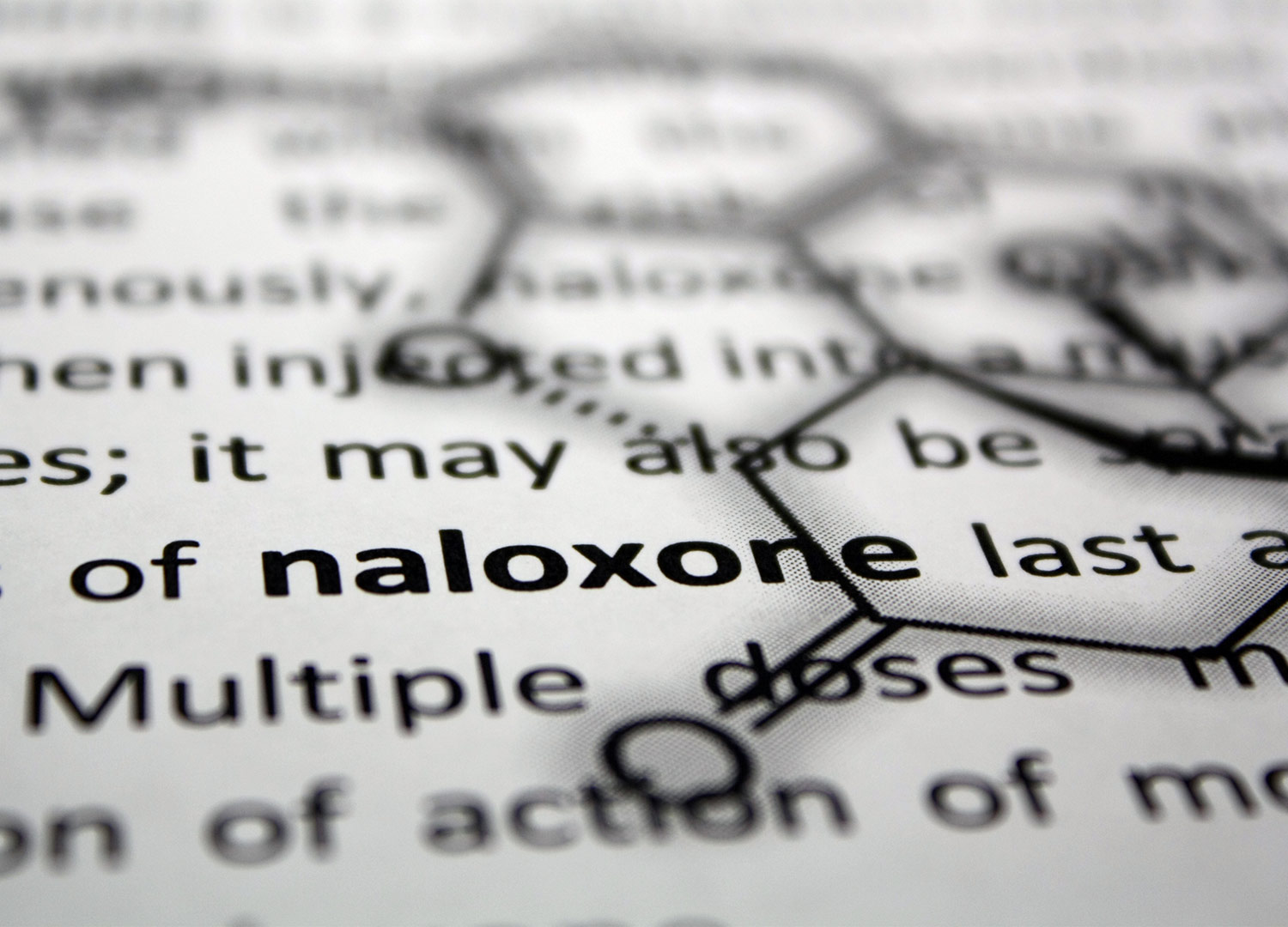Education leaders must be partners in addressing opioid overdoses among students
By Alisha Kirby
Linus Blom
of Los Gatos wanted to compete for the national wrestling team in his native Finland. A strong student who nonetheless succumbed to the intense pressure to succeed academically, he began taking pills he found online. In 2020, Blom — then 17 years old — laid down to take a nap and never woke up.
Alexander Neville,
on the other hand, had self-medicated with pot before taking OxyContin pills he bought on Snapchat. The 14-year-old asked his parents for help in the family kitchen in Aliso Viejo in 2020, where they committed to getting him into a treatment plan. While waiting to hear back from rehab facilities, Neville was discovered in his bed by his mother the following morning, skin blue and unresponsive.
a 17-year-old Eagle Scout, soccer player and the star of his school musical — celebrated Christmas with his family two days prior to being found seemingly asleep at the desk in his room by his father in 2020. The Didiers have since become drug-awareness advocates in their hometown of Rocklin.

Education leaders must be partners in addressing opioid overdoses among students
By Alisha Kirby
of Los Gatos wanted to compete for the national wrestling team in his native Finland. A strong student who nonetheless succumbed to the intense pressure to succeed academically, he began taking pills he found online. In 2020, Blom — then 17 years old — laid down to take a nap and never woke up.
Alexander Neville,
on the other hand, had self-medicated with pot before taking OxyContin pills he bought on Snapchat. The 14-year-old asked his parents for help in the family kitchen in Aliso Viejo in 2020, where they committed to getting him into a treatment plan. While waiting to hear back from rehab facilities, Neville was discovered in his bed by his mother the following morning, skin blue and unresponsive.
a 17-year-old Eagle Scout, soccer player and the star of his school musical — celebrated Christmas with his family two days prior to being found seemingly asleep at the desk in his room by his father in 2020. The Didiers have since become drug-awareness advocates in their hometown of Rocklin.


Education leaders must be partners in addressing opioid overdoses among students
By Alisha Kirby
of Los Gatos wanted to compete for the national wrestling team in his native Finland. A strong student who nonetheless succumbed to the intense pressure to succeed academically, he began taking pills he found online. In 2020, Blom — then 17 years old — laid down to take a nap and never woke up.
Alexander Neville,
on the other hand, had self-medicated with pot before taking OxyContin pills he bought on Snapchat. The 14-year-old asked his parents for help in the family kitchen in Aliso Viejo in 2020, where they committed to getting him into a treatment plan. While waiting to hear back from rehab facilities, Neville was discovered in his bed by his mother the following morning, skin blue and unresponsive.
a 17-year-old Eagle Scout, soccer player and the star of his school musical — celebrated Christmas with his family two days prior to being found seemingly asleep at the desk in his room by his father in 2020. The Didiers have since become drug-awareness advocates in their hometown of Rocklin.

ne thing these children had in common is that each took a pill thinking it was a Percocet, OxyContin, Adderall or other prescription drug that turned out to be a counterfeit laced with or entirely comprised of fentanyl. A powerful synthetic opioid developed as a pain treatment for cancer, fentanyl is 50 times more potent than heroin and 100 times more potent than morphine.
The U.S. Drug Enforcement Administration issued a warning about fentanyl pills after seizing them in 26 states in August 2022. According to the DEA, drug networks are mass producing fentanyl-laced pills designed to appear identical to legitimate prescriptions at an alarming rate. About 42 percent of pills seized and tested contained at least 2 milligrams of fentanyl — an amount that could fit on the tip of a pencil — which is considered a potentially lethal dose. The sheer potency is one reason experts suggest there has been a spike in deaths even as the overall drug use rate among teenagers has remained stable.
Before fentanyl began to flood the market, students in California who experimented with pills might develop an opioid use disorder, but for many, a bad experience simply meant they got sick or got caught and were grounded. Now the risk of trying a single pill even once can have deadly consequences, explained Chelsea L. Shover, an assistant professor of epidemiology and health services research at the University of California, Los Angeles.
“Kids and teens have been experimenting with pills for a very long time, and this was something that wasn’t risk free, but the consequences were much lower,” she said. “Now the drug supply is so toxic, and these counterfeit pills are so available, even trying it one time is enough for an overdose, which can be fatal. Especially because, usually, kids who are trying out pills don’t have any opioid tolerance. And they look like prescription pills — they often look pretty realistic.”
“Now the drug supply is so toxic, and these counterfeit pills are so available, even trying it one time is enough for an overdose, which can be fatal. Especially because, usually, kids who are trying out pills don’t have any opioid tolerance. And they look like prescription pills — they often look pretty realistic.”
Chelsea L. Shover, assistant professor
University of California, Los Angeles

An increase in illicit fentanyl is the likely driver of teen drug overdose deaths in recent years, according to data from the Centers for Disease Control and Prevention, which found a 169-percent increase in deaths from illicit fentanyl and synthetics among teens ages 14–18 from 2019 to 2020, and a nearly 30 percent increase from 2020 to 2021. In the first half of 2021 alone, fentanyl was identified in more than 77 percent of adolescent overdose deaths in the U.S.
In California, fentanyl deaths accounted for more than 80 percent of all drug-related deaths statewide in 2021, making it the fastest growing cause of death for young people, according to the California Department of Public Health.

Los Angeles Unified School District is among those that now stock Narcan at every campus following a string of student overdoses in 2022. In September, Superintendent Alberto Carvalho announced that in addition to stocking Narcan at all K-12 school sites, the district would expand peer counseling and parent outreach. Drug education webinars for parents and social media campaigns about fentanyl awareness were launched and school staff and teachers were taught how to identify an overdose and administer naloxone. Early this spring, schools began offering online and in-person workshops to students and families on substance use issues.
On Jan. 31, Carvalho wrote to board members that the Los Angeles County Department of Public Health “supports a clarification” in LAUSD policy “that would allow students to be able to carry Narcan in schools,” and that a policy bulletin was being updated and would be reissued.
“Our student board member was quick to say, ‘Students should have access to this. It shouldn’t just be adults. We should know about it and we should be teaching each other,’” said LAUSD trustee and CSBA Region 21 Director Tanya Ortiz Franklin. “This is a good plug for advocacy for those that don’t yet have student board members to really think about including their voices in these kinds of decisions, because ours, Nate Shin, has really been a champion for making sure that his peers know about it and have access.”
The district has also established a collaborative crime and narcotics task force with the Los Angeles Police Department to identify areas in the city near schools, such as parks, where drug transactions and overdoses take place and focusing law enforcement resources in those areas.
Raising awareness of the issue has been a key part of Rocklin USD’s efforts, said Superintendent Roger Stock. Zach Didier’s overdose was the result of purchasing what he thought was Percocet over Snapchat — an easy mistake to make as more students purchase illicit pills via social media, according to the DEA.
“Zach Didier’s parents continue to have the courage to tell their story. It’s a hard story to tell. We’ve been fortunate to partner with them and Placer County with One Pill Can Kill — a joint campaign to drive home the message of what’s at stake if teens experiment,” Stock explained.
“When Zach’s parents shared how they were opening college acceptance letters a few months later without their son, and seeing how students hearing this story were being impacted, you could hear a pin drop,” he continued. “These assemblies and parent information nights all have the same goal of trying to make that emotional impact and connect students and families with the knowledge in a personal and impactful way.”
Meanwhile, Santa Clara County Office of Education officials were tracking opioid overdoses and the connection to fentanyl prior to the pandemic. Like other regions, the county office has also been dispatching Narcan kits to schools and providing training to school and district staff in partnership with public health officials. County education leaders, part of a statewide fentanyl working group, have made resources available for education leaders: bit.ly/3luQ3Ot
Student participation has been a crucial aspect of the county’s continually updated messaging, said Santa Clara County Superintendent Mary Ann Dewan.
“We have social media posts and signage that we’ve created, and young people have been a part of that. We also have countywide groups of young people, our peer leaders group and substance use prevention team, and also our student wellness advisory group,” Dewan said. “We’ve engaged those groups to present information about fentanyl and to ensure that youth are empowered with information they feel comfortable using with their peers. They help inform the types of messages that we share.”

—Roger Stock, superintendent, Rocklin USD

“Assemblies and parent information nights all have the same goal of trying to make that emotional impact and connect students and families with the knowledge in a personal and impactful way.”
—Roger Stock, superintendent, Rocklin USD
“One of the things I share when I talk to superintendents, school board members and parents is that we have fire extinguishers and automated external defibrillators on our school campuses, and we don’t see more fires or more heart attacks because we have those lifesaving tools available to us,” Dewan said. “We see stocking Narcan as a similar type of approach — we talk about how Narcan is the CPR of our generation.”
“The fentanyl crisis is too complex for any one agency or community to tackle alone. We recognize that to have an impact, we need a coordinated approach that crosses sectors,” said Dr. Matt Willis, Marin County’s public health officer. “We need to hit the problem from multiple angles at once — supply, demand, education about risks, treatment for addiction, access to Narcan and other measures. It can feel overwhelming until you get everyone together and start seeing solutions.”
The county has held free in-person and online forums for both English- and Spanish-speaking community members to disseminate information about the fentanyl crisis as well as training in the use of Narcan, which is now available in every public high school and middle school in the county. Education is being provided so that if people do choose to experiment with drugs, they will know how to avoid high-risk situations. Additional work is underway to provide drug education booster classes for each year of high school, an annual parent education publication, a youth wellness campaign announcing a digital resource guide and expanded Narcan outreach, Willis said.
In his 2023–24 Budget Proposal, Gov. Gavin Newsom included $3.5 million in ongoing Proposition 98 funds to provide all middle and high schools with at least two doses of naloxone. And several bills were introduced in December to increase information about the presence of fentanyl on K-12 campuses and promote student safety.
Assembly Bill 19 (Patterson, R-Rocklin) would require schools to have at least two doses of emergency naloxone such as Narcan on campus in case of overdoses. Senate Bill 10 (Cortese, D-San Jose), modeled on a program run by the Santa Clara COE, would also require schools to stock Narcan, as well as include “opioid overdose prevention and treatment” as part of their annual safety plan. Cortese’s bill would also discourage schools and local law enforcement from punishing students who may need Narcan.
California’s health education framework includes substance use prevention for students of all ages, from general lessons for the youngest students about the importance of good health and resisting peer pressure, to detailed lessons for older students on the effects of illicit drugs on adolescent brain development. Only two-thirds of middle and high schools statewide offer a dedicated class in health education, according to the California Department of Education, and in most cases the course is optional. Some districts hire outside instructors to teach units on drugs, while others weave the curriculum into biology or physical education classes.
Health and education officials are seeking now not only to expand access to drug education, but to adjust it to meet the realistic needs of youth today. “Our efforts are grounded in harm reduction principles including distribution of tools for safer drug use to communities most affected by overdoses, without judgment,” said Willis of Marin County. “Harm reduction acknowledges that people use substances, and our goal is to make it less harmful. The idea that we can stop all drug use is unrealistic. So instead of the old school ‘just say no,’ it’s ‘just say know,’ so people have their eyes open to real risks and can navigate to the least harmful options.”
UCLA’s Shover agreed that a more holistic approach is warranted — likening it to comprehensive sex education. “We recognize that kids are going to have sex, so we should make it easy to access condoms. We should give them accurate information about sexually transmitted infections, contraception, give them good information, because we know they’re going to have sex. Abstinence-only education for sex doesn’t work,” she said. “With drugs, I think we’ve had pretty good evidence that abstinence-only drug education doesn’t prevent people from using drugs. Now, when the risk is so high with synthetic opioids, we have tools that are basically like condoms, contraceptives — we have naloxone and fentanyl testing strips.”
Rocklin USD’s Stock noted that anxiety or trauma can contribute to causes that may lead more youth to experiment with drugs, so the district has used funds to provide more mental health and social-emotional support for students and staff. Dewan of Santa Clara County concurred. She said, “It’s very important to include as part of education, healthy habits for self-regulation and management, access to school-based wellness centers, curriculum around self-regulation and managing your emotions, managing anxieties and relationships and things like that so that children have alternatives,” when it comes to managing feelings of extreme stress, hopelessness and anxiety.
In addition to making sweeping changes to family education, LAUSD has updated its drug-abuse education to include the risks of fentanyl, said Ortiz Franklin. “School boards should be proactive about the messaging for the drugs that are on the street these days for kids. The DEA’s phrase of, ‘one pill can kill,’ is really important,” she said. “It’s not ‘just say no,’ but helping kids understand what’s out there these days and how it’s really different and potentially deceptive. I think school boards have an important role to play in pushing their districts to proactively educate students and families.”
Alisha Kirby is a staff writer for California Schools.